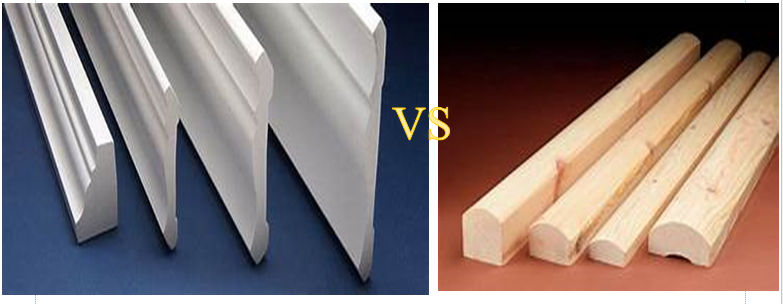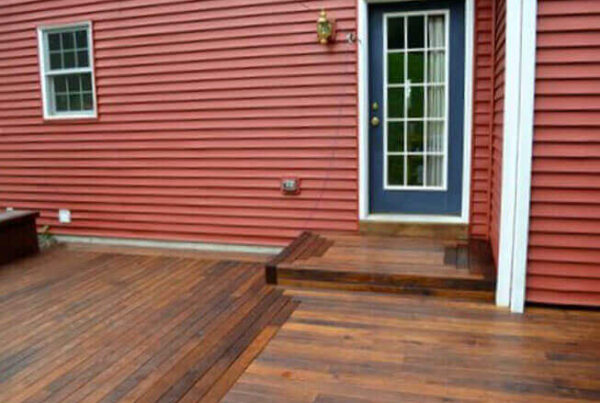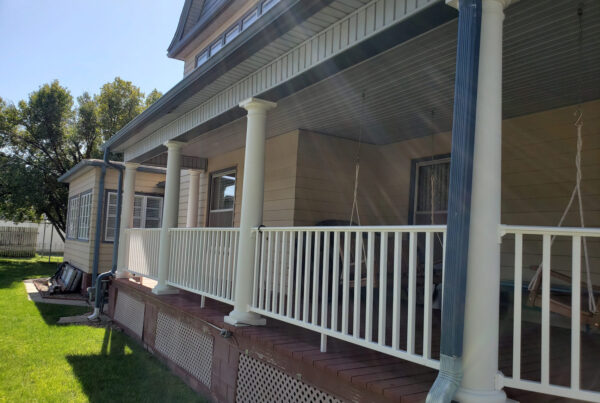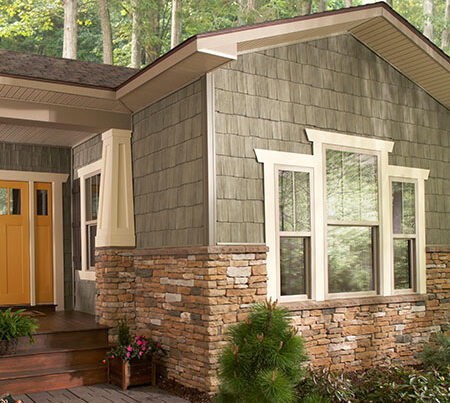When deciding between PVC and wood trims for your home, several factors come into play. Understanding the distinctions in price, durability, eco-friendliness, and more is key to making an informed decision. Let’s explore the key differences between PVC and wood trims:
1. Cost Efficiency
While wood trims might initially seem more cost-effective, the long-term expenses for maintenance and replacements due to moisture exposure can add up. Opting for PVC trims, which boast longevity, might prove more economical in the long run.
2. Resistance to Water Damage
PVC trims outshine wood in their resistance to moisture-related decay. Wood tends to absorb moisture, leading to warping and loosening from connectors, causing operational issues with doors and windows.
3. Finishing Touches
PVC trims come with a pre-finished crisp white color, eliminating the need for painting. In contrast, wood trims require careful consideration to match the house’s style with appropriate paint colors.
4. Insect Invasion
Wood is vulnerable to insect damage due to its composition as a food source for insects. PVC trims, being inhospitable to insects, eliminate this risk and the subsequent need for urgent attention and replacement.
5. Installation Wastage
PVC trims are designed to minimize wastage during installation, as they come in various shapes and sizes tailored for specific purposes. Wood trims, however, often result in leftover cut pieces after construction.
6. Flexibility in Design
PVC trims offer versatility, easily molded into different shapes and sizes for various applications like window trimming and sill nosing. Wood, due to its structural limitations, lacks this flexibility.
7. Environmental Impact
PVC trims stand out for their eco-friendliness by promoting recycling without contributing to deforestation. Conversely, wood trim production involves tree cutting, contributing to environmental degradation.
8. Fire Resistance
PVC trims do not support combustion, ensuring reduced fire hazards compared to wood, which is highly combustible.
Ultimately, choosing the right trim for your home involves aligning it with your style preferences and practical needs. The Ex-Cel PVC trim by Sherwood Lumber stands as a prime example, offering a myriad of benefits over wood trims. Exploring Sherwood Lumber’s website can provide deeper insights into the advantages of PVC trims, helping you make an informed choice for your home.
In summary, considering the numerous advantages of PVC trims, they emerge as a compelling choice for homeowners seeking durable, low-maintenance, and eco-friendly trim options.











